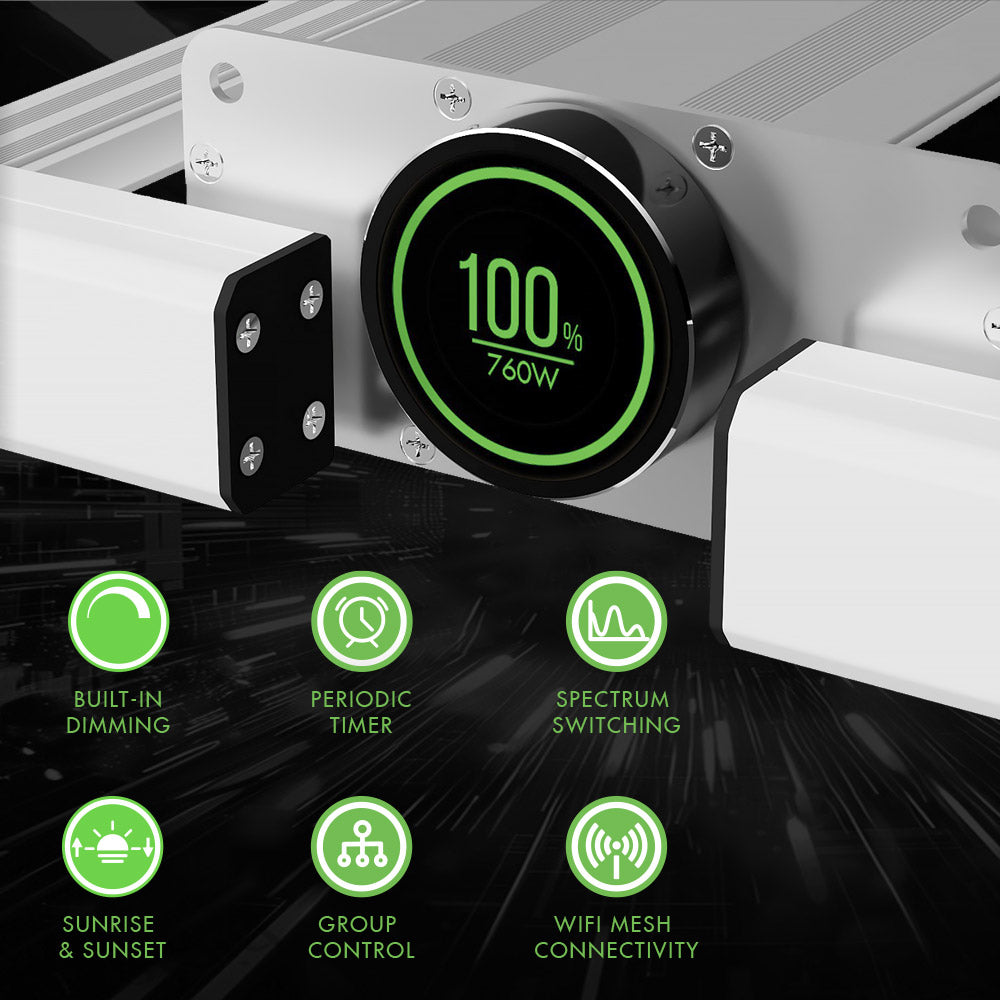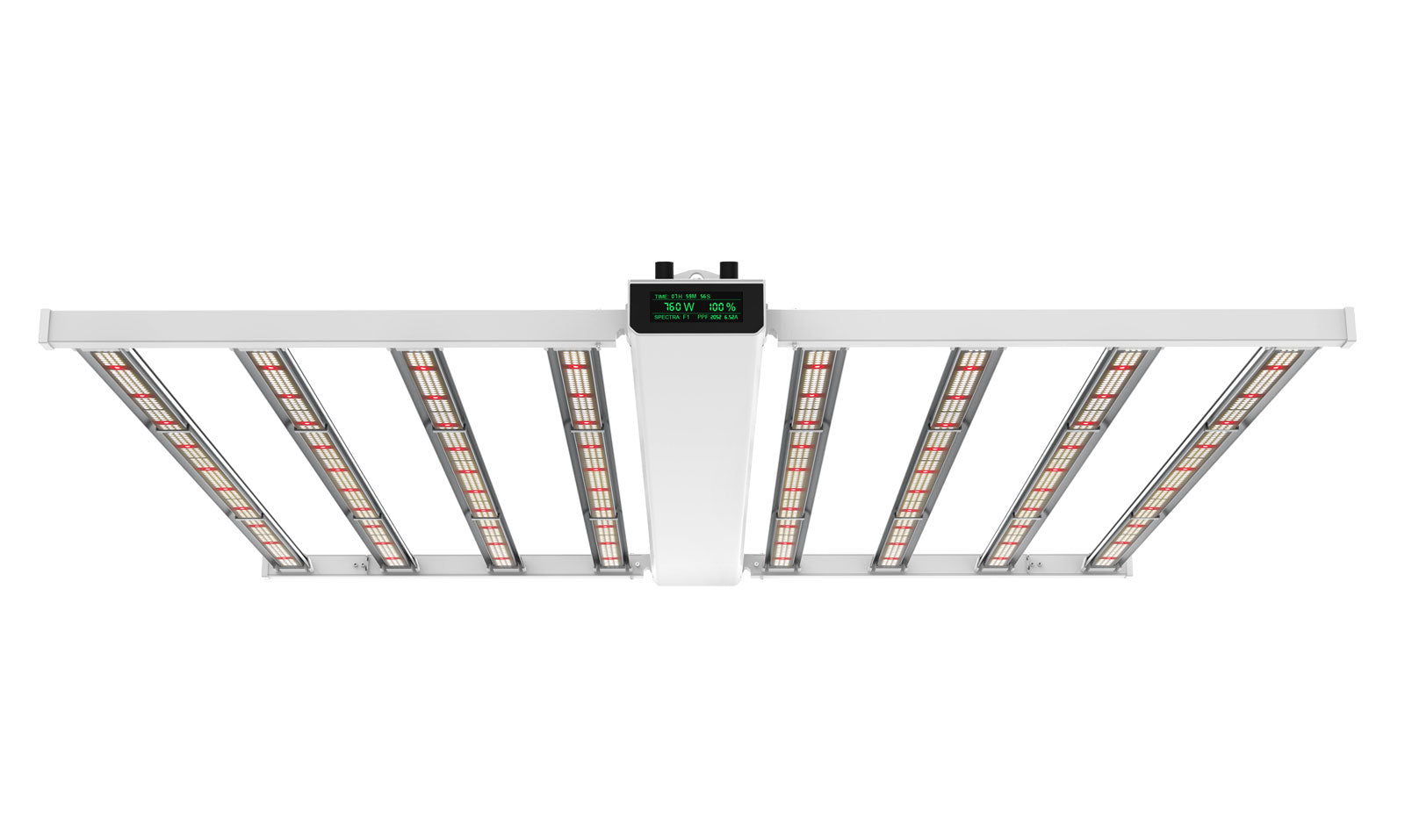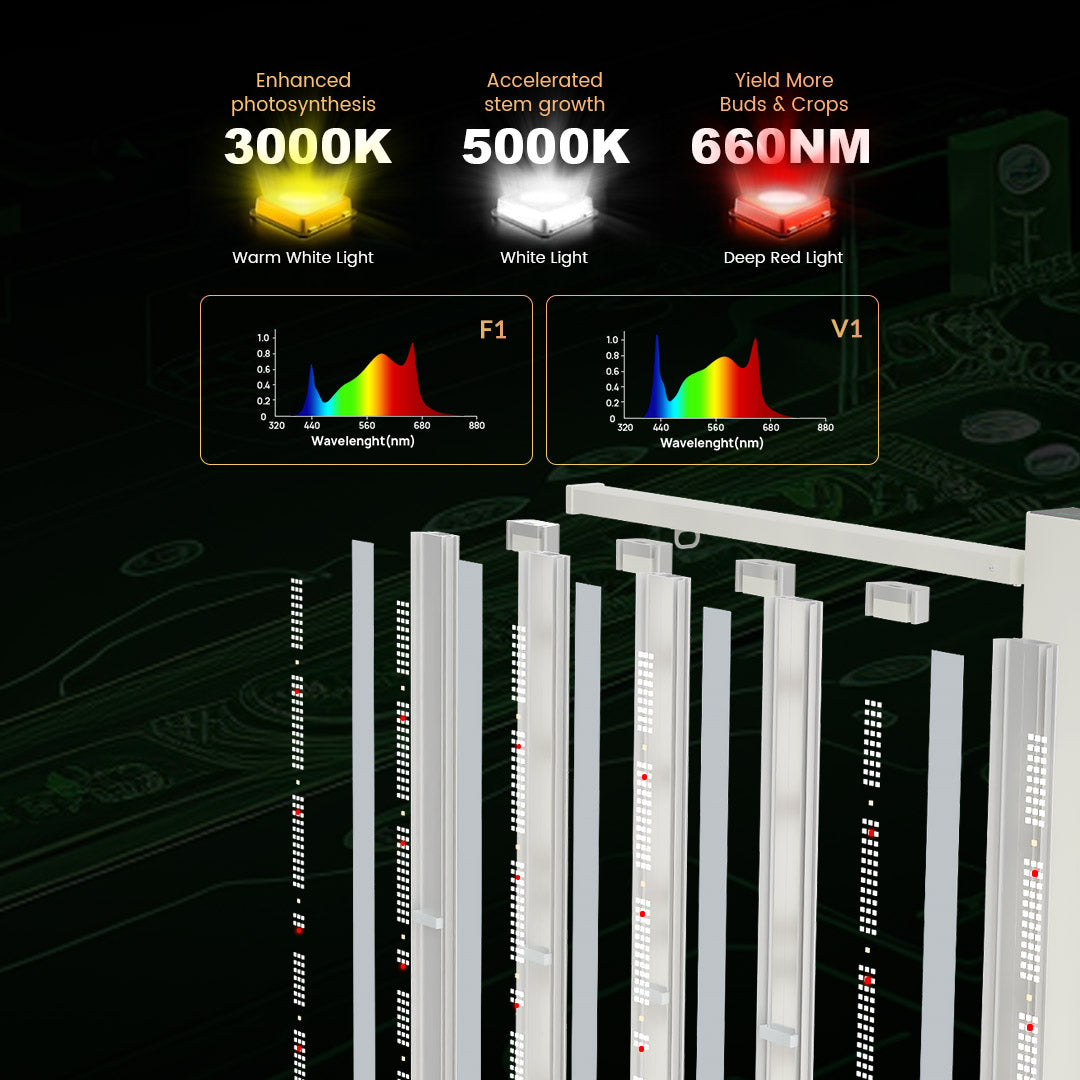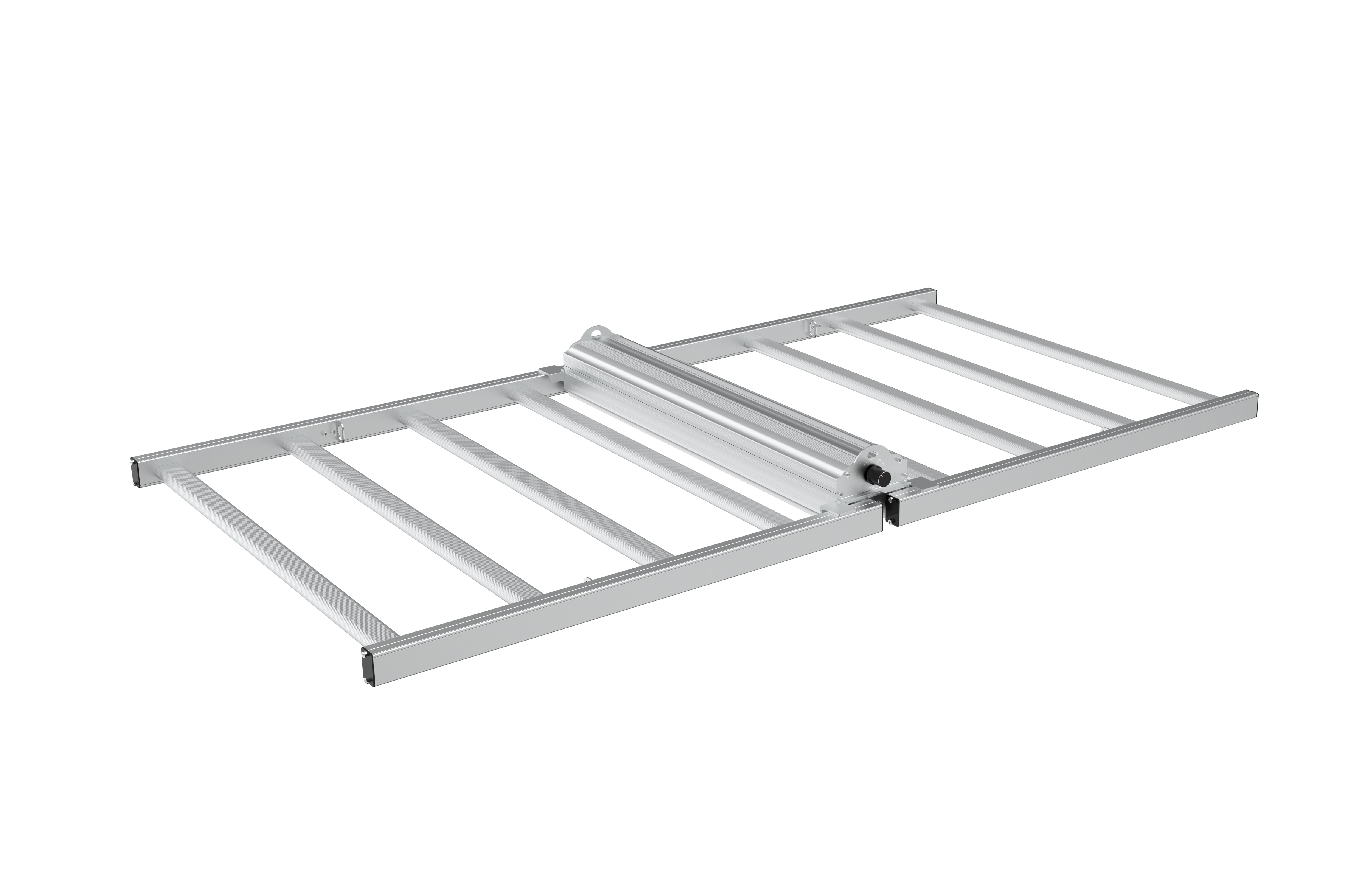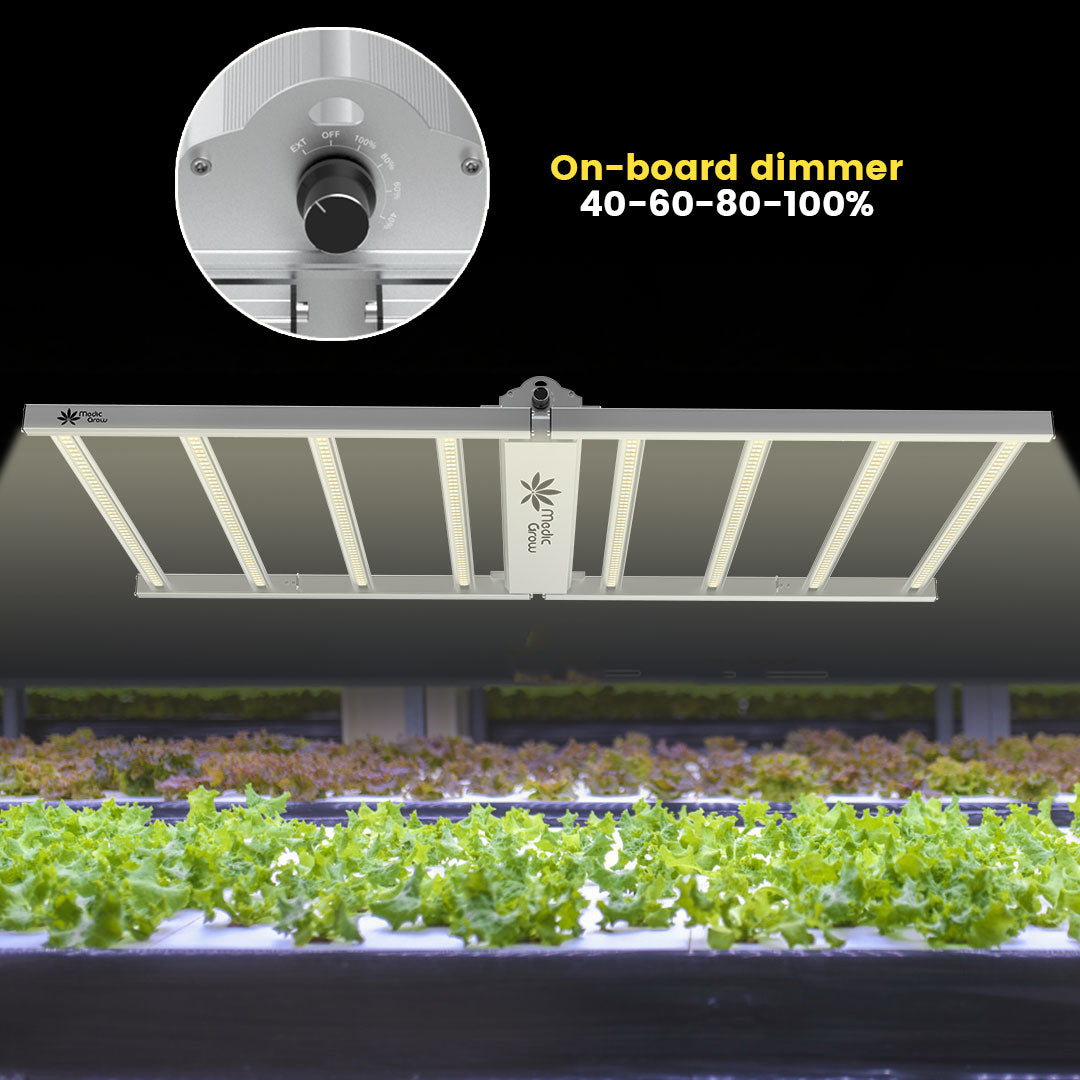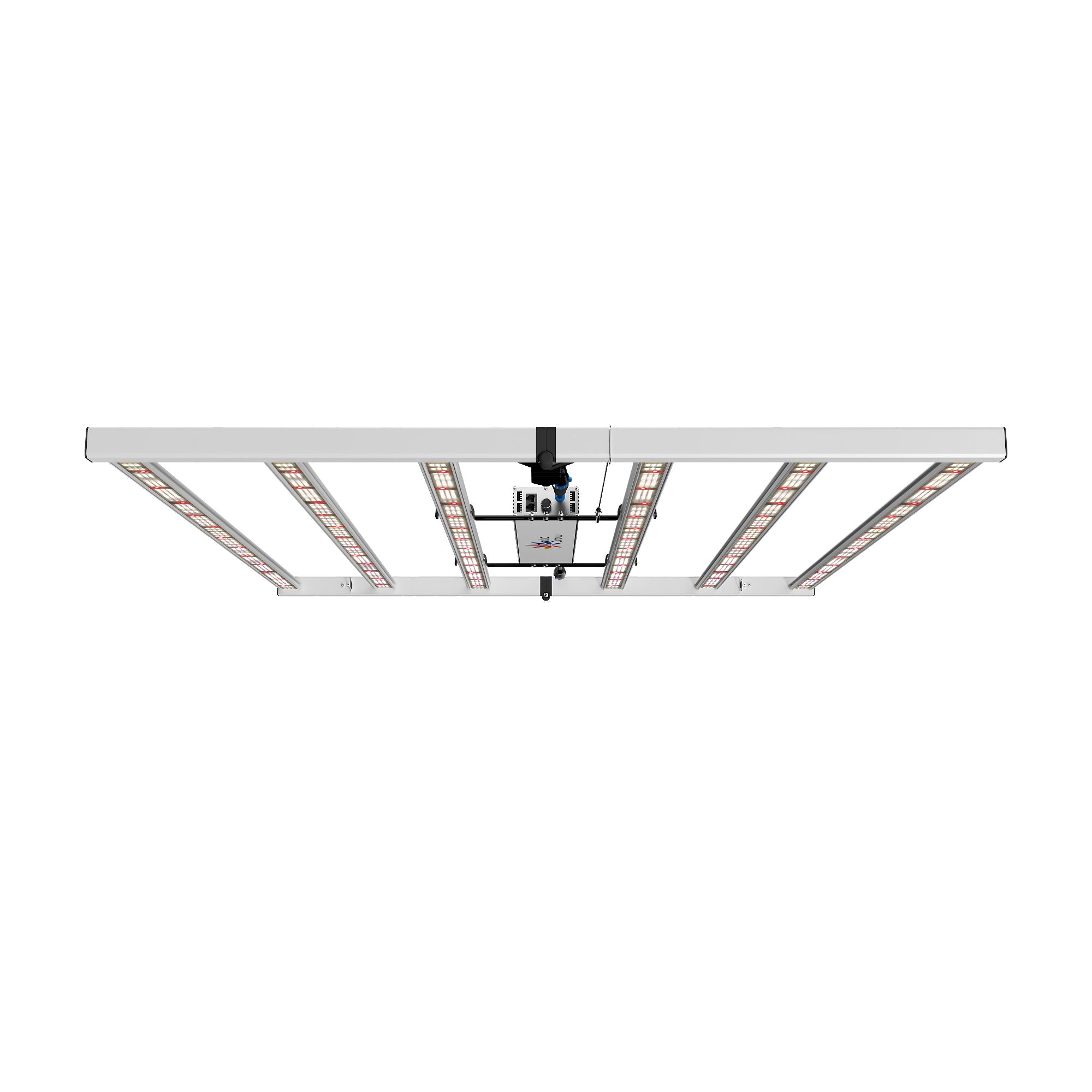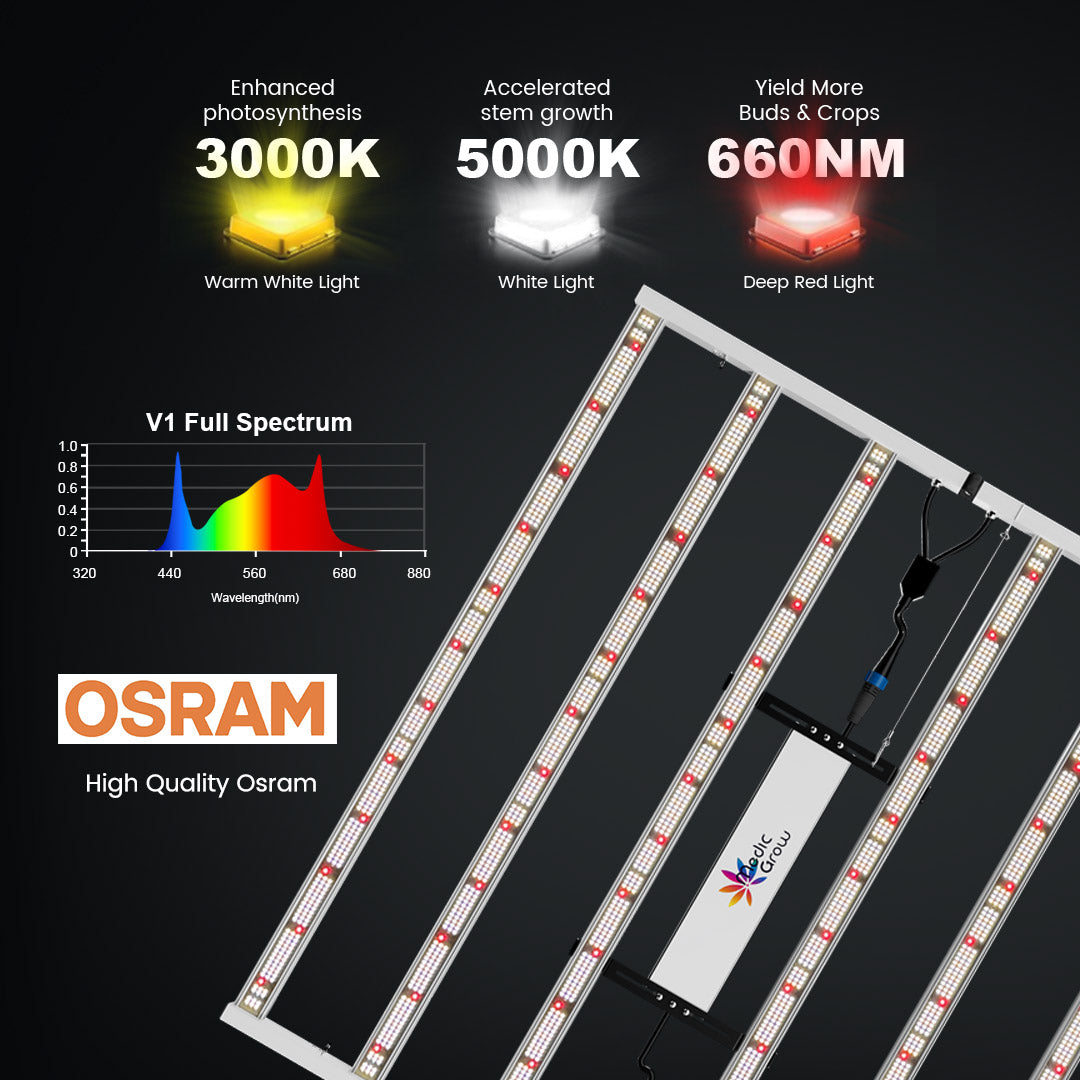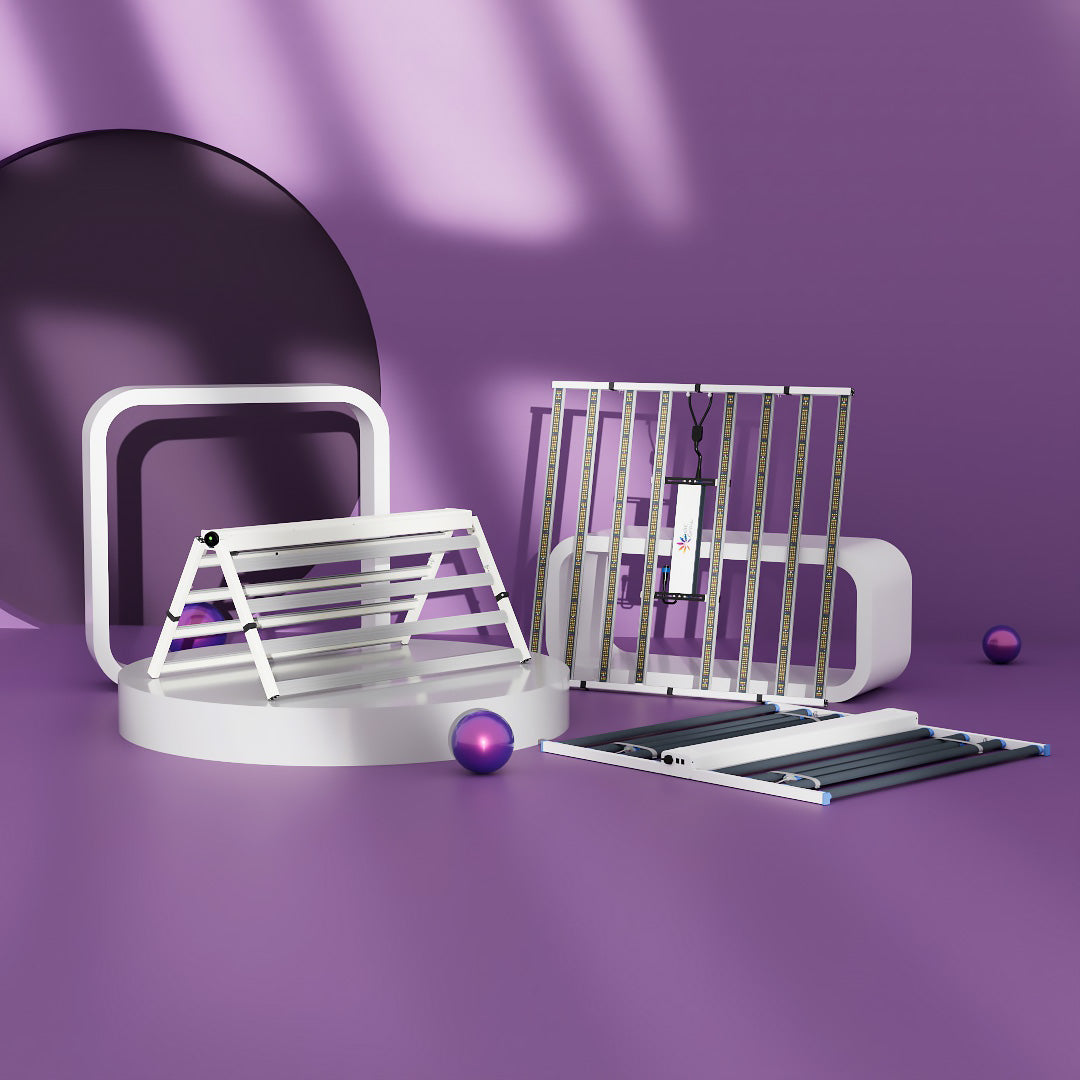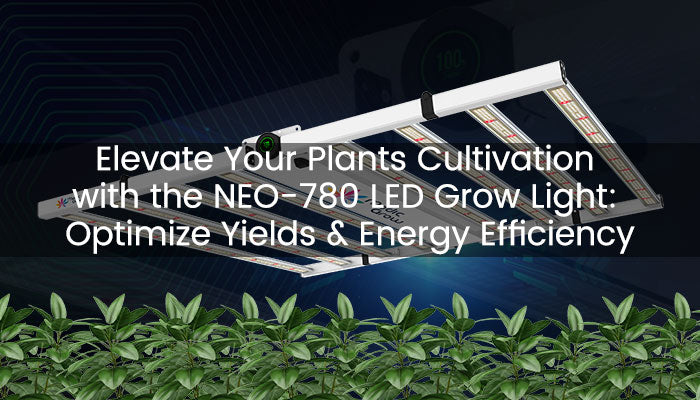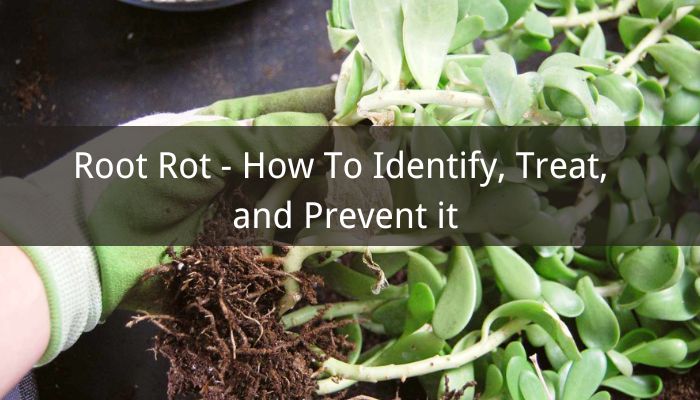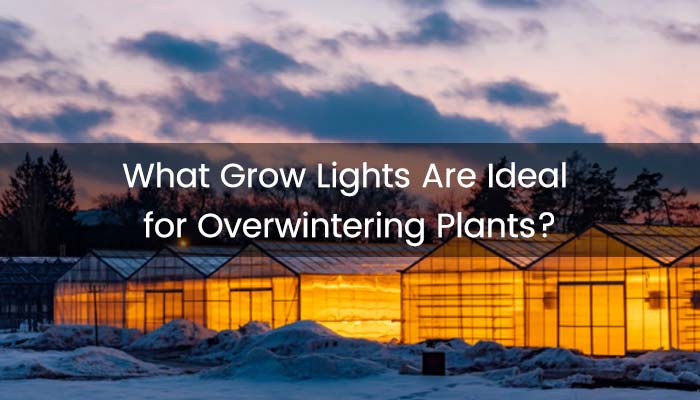
Mastering the Vegetative Stage: Essential Tips for Healthy Green Flower Growth
Growing Green Flower indoors can be a fulfilling and rewarding journey, but it demands a keen understanding of each phase in the plant’s life cycle. Among the most crucial stages is the vegetative phase, which plays a pivotal role in preparing your plants for the flowering phase. In this guide, we’ll dive into the vegetative stage and share expert advice to help your plants thrive, ensuring you achieve the best results.
Main Content:
- What Is the Vegetative Stage?
- Why the Vegetative Stage Matters
- Creating Optimal Conditions for Growth
- Common Mistakes to Avoid
- Preparing for the Flowering Stage
- Conclusion
What Is the Vegetative Stage?
The vegetative stage is the second phase of a Green Flower’s life cycle, following the initial seedling phase. This period typically spans 3 to 16 weeks, depending on the strain and growing conditions. During this stage, the plant focuses on rapid growth and development, creating a robust structure that will support future bud formation. Expect the plant to grow quickly, often stretching several inches or even a foot each week.

Why the Vegetative Stage Matters
This is when your Green Flower builds its foundational strength. Strong roots, thick stems, and large, vibrant leaves all emerge during this phase. Additionally, this is the perfect time to shape your plant through pruning and training techniques like topping and low-stress training (LST) to enhance lateral growth. The energy stored during this period will be essential for the flowering stage, where the plant will focus on producing its flowers.
The vegetative stage sets the foundation for a successful harvest, so ensuring that your plants receive the best possible care during this time is crucial for maximizing yield and quality.
Creating Optimal Conditions for Growth
To give your Green Flower the best chance at thriving during the vegetative stage, you need to provide optimal conditions. Let’s break down the key factors that affect plant health during this phase.
Lighting
Green Flower need a significant amount of light to grow well in the vegetative stage. A minimum of 18 hours of light per day, with 6 hours of darkness, is essential. Full-spectrum light with balanced wavelengths is the best option for healthy growth, with a photosynthetic photon flux density (PPFD) range of 600-800. Pay attention to the light cycle to avoid stunted growth.
 Temperature
Temperature
Keeping the temperature stable is vital. Aim for a range of 70-85°F (21-29°C) to keep your plants thriving. Too high or low temperatures can stress the plants, affecting growth and making them more susceptible to pests and diseases. A slight drop in temperature at night, like natural conditions, can support healthier root development.
Humidity
Maintaining the right humidity levels is key to healthy plant development. The ideal range is between 45-60%. Too much humidity can lead to mold and mildew, while too little can cause dehydration and slow growth. Find that sweet spot to help your plants absorb nutrients efficiently.
Nutrients and Watering
Green Flower require nutrients to fuel their rapid growth during the vegetative phase. Focus on nitrogen, phosphorus, and potassium, and consider using a balanced fertilizer. It’s equally important to follow a consistent watering schedule. Avoid overwatering, as it can lead to root rot, and let the soil dry out slightly between waterings.
Pruning and Training
Pruning and training your Green Flower help create a strong, even canopy. Techniques like topping and low-stress training (LST) encourage lateral branching and improve light penetration, which can increase bud sites and overall yield.
Airflow and pH Levels
Proper airflow is essential for preventing diseases and ensuring strong growth. A well-ventilated area with a quality fan can make a world of difference. Additionally, keep the pH levels of your soil or hydroponic setup around 6.5 to ensure that your plants can absorb nutrients effectively.
Common Mistakes to Avoid
As you care for your Green Flower during the vegetative stage, there are a few common mistakes to be mindful of:
- Overcrowding Plants: Ensure each plant has enough space to grow without competing for light, nutrients, and water.
- Ignoring Gender Identification: Be vigilant about identifying and removing male plants to prevent pollination and seed production.
- Neglecting Root Health: Avoid root-bound conditions by transplanting your plants into larger pots when necessary to allow for proper root growth.
Preparing for the Flowering Stage
As your Green Flower near the end of the vegetative phase, you may start to see signs of the pre-flowering stage, such as the appearance of small structures at the nodes. This is when you’ll need to adjust your lighting schedule to 12 hours of light and 12 hours of darkness, signaling the transition to the flowering phase.
Conclusion
The vegetative stage is a critical part of your Green Flower plant's development. Providing the right conditions, nutrients, and care during this time ensures that your plants are strong, healthy, and ready to enter the flowering stage. By following the tips in this guide, you’ll set yourself up for a successful and bountiful harvest.
And if you're looking to elevate your growing experience, consider investing in the Venus 200 LED Grow Light. With its full-spectrum lighting and energy-efficient design, it's the perfect tool to support healthy growth during the vegetative stage and beyond. Ready to take your Green Flower cultivation to the next level? Check it out here.

Featured Products
Blog Posts
Contact Us with Any Idea!
- Choosing a selection results in a full page refresh.
!



















